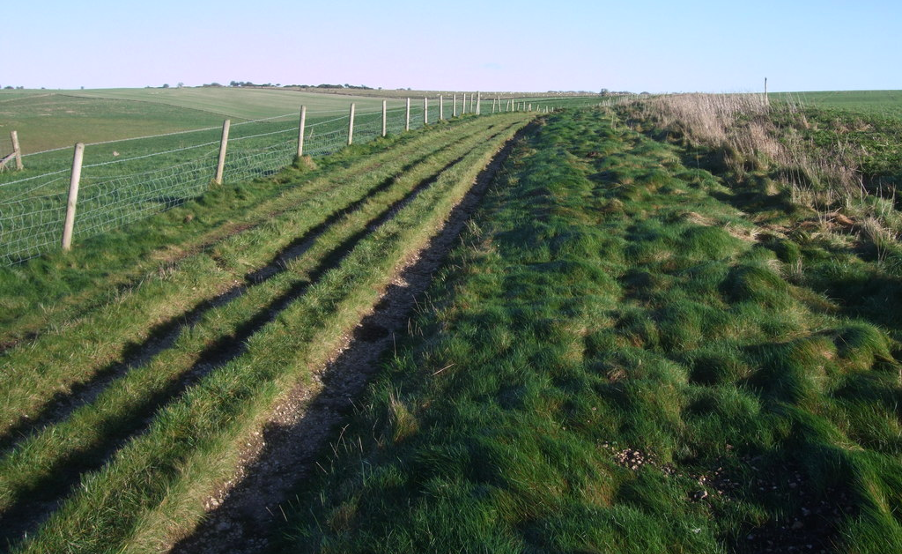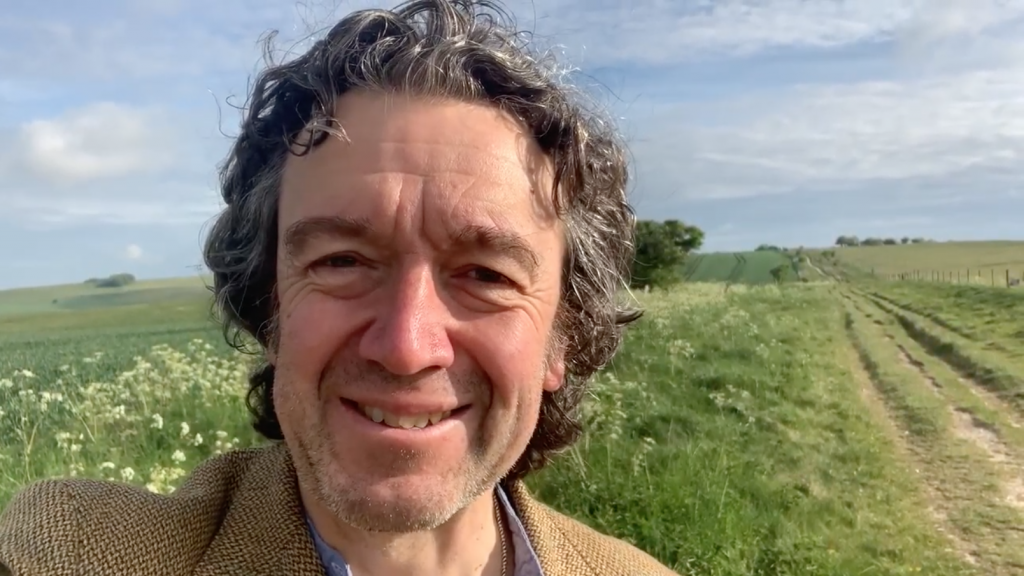
Walking the parish
A conversation between God, land and humanity
“Thou shalt not remove thy neighbour’s landmark” Deuteronomy 19:14
On his early morning walks Andrew Rumsey traces the same route. Remembering that communities knew their locale by heart, he considers the parish as a shared inheritance in which all can participate, and how the local church is well-placed to animate a renewed civic conversation in which the values of neighbourhood can flourish.
Dawn walks have lately become my liturgy: a faithful repetition. The same circuit of fields and lanes, nature’s performance framing days that are improvisations on a theme. This work of walking has been enhanced in May by Rogationtide – when, by ancient custom, the parish bounds were beaten and crops blessed.
Today, pacing north along the Ridgeway – the Neolithic trade route that may once have extended from Grime’s Graves in Dorset to the Norfolk coast – I am tracing a parish boundary. Often following more ancient patterns, these routes frequently picked up hitchhiking landmarks – long barrows, especially – incorporating them to delimit parochial or manorial lands.
In her exploration of England’s ‘spiritual topography’ Inhabiting the Landscape historian Nicola Whyte demonstrates how a range of Christian and pre-Christian territorial markers – standing crosses, for example – linked with natural features to form a ‘mnemonic’ framework that enabled communities to learn their locale by heart. These lines also symbolised the threshold between life and death – burial mounds in some cases becoming sites of a gallows or gibbet, usually at a conjunction of routes – and captured moments of dispute, as processions here could also be the riotous flashpoint for disputation with neighbours.
Pausing at the Ridgeway’s intersection with the ‘Herepath’ or Green Street – another prehistoric trackway – the crops look ripe for a reading of the 103rd Psalm. Since I last visited, a lush velour of barley has covered these crusted furrows – the brown sweep of the fields now furred by a soft green pelt.
The ‘perambulation’ of parish bounds carried out during Rogationtide was the only outdoor religious procession to survive the English Reformation: not merely permitted but mandated by the Injunctions of Henry VIII and Elizabeth I. While this accords with the growing significance of the parish as the footing for local government (whose powers accrued for a further three centuries), attachment to the enchanted landmarks of catholic – and, indeed pagan – practice persisted, only being dislocated by the ever-expanding privatisation and enclosure of common ground.
For a thousand years, these ceremonies defined community as a triangular conversation between God, land and humanity, with scripture employed as the mediating language of our dialogue with nature. In this, it was both the term of address (William Tyndale describes the “saying of gospels to the corn in the procession week, that it should better grow”) and also of reply, for the same Gospel would be read from holy trees (hence ‘Gospel Oak’), that the people gathered should likewise flourish. The words of the Bible thus sealed our covenant with the soil.
Whether our place is urban or rural, this is a compact worth renewing as we land from modernity’s long-haul flight, and reckon again with the roots of community. The local church is well-placed to animate this civic conversation, which must be infused with the virtues and vision needed to rise to the challenge of these times.
With a humbler role for the churches in national life, the parish idea is no one’s possession, but a shared inheritance in which all can participate. This might mean a renewal of the churches’ working relationship with the civil parish councils that remain the building block of local government, or it may simply offer an ‘imagined community’ where the values of neighbourhood can flourish.
It is precisely because the Church has an eschatological focus (on a coming kingdom of heaven, that may be sought, but not possessed) that makes it uniquely useful in the present. For it means the future cannot be commodified. The Church has an ecology of hope – a routeway for living together which pursues all that makes for peace and builds up our common life. As Rogation turns to Whitsuntide I pray from this rutted path: for a baptism of the accents, when our varied villages, towns and cities find themselves empowered to bring change and blessing beyond their expectation.

Andrew Rumsey is Bishop of Ramsbury in the Diocese of Salisbury, a writer and musician. His books include Strangely Warmed (Bloomsbury, 2010), Parish: An Anglican Theology of Place (SCM Press 2017) and English Grounds (SCM Press, forthcoming). Watch Andrew’s weekly video meditations here, subscribe to his blog here: https://andrewrumsey.wordpress.com/ or follow him on Twitter at @RevAndrewRumsey.
